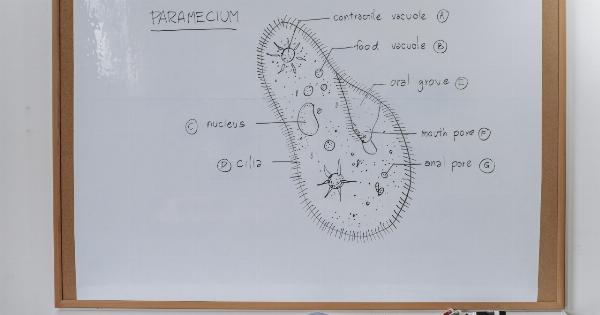Cervical cancer is a type of cancer that affects the cervix, the lower part of the uterus that connects to the vagina. The main cause of cervical cancer is the Human Papillomavirus (HPV) infection.
While the primary treatment for cervical cancer is surgery, chemotherapy, and radiation, these treatments can affect a woman’s fertility. However, conservative surgical treatments can help preserve fertility in women with cervical cancer.
What is Conservative Surgery?
Conservative surgery refers to surgical procedures that remove the cancerous tissue while preserving as much healthy tissue as possible.
In the context of cervical cancer, conservative surgery involves removing the cancerous tissue while preserving the cervix and the uterus, if possible, to preserve fertility.
Conization
Conization is a common conservative surgical treatment for women with early-stage cervical cancer. The procedure involves removing a cone-shaped piece of tissue from the cervix that contains the cancerous cells.
The procedure is done under anesthesia and has minimal risks. Generally, women who have conization can still have children in the future, but it can increase the risk of premature birth and miscarriages.
Trachelectomy
A trachelectomy is a more invasive type of conservative surgery that involves removing the cervix but preserving the uterus. It is typically performed on young women with early-stage cervical cancer.
During the procedure, the cervix and the upper part of the vagina are surgically removed, and the uterus is left in place. The surgeon then creates a new cervix using the remaining healthy tissue. Women who undergo this surgery can still carry a pregnancy, although it will need to be delivered via C-section to reduce the risk of damage to the new cervix.
Hysterectomy
A hysterectomy is a surgical procedure that involves removing the uterus and cervix. In cases where the cancer has spread beyond the cervix or when a woman’s family is complete, a hysterectomy may be the recommended treatment.
However, it is important to note that a hysterectomy will result in infertility, and women who choose to undergo this procedure will not be able to carry a pregnancy.
Benefits and Risks of Conservative Surgery
The primary benefit of conservative surgery is that it can preserve a woman’s fertility while effectively treating cervical cancer.
Additionally, conservative surgery is generally less invasive than other types of surgery and has a shorter recovery time. However, conservative surgery does have risks. Depending on the extent of the surgery, there is a risk of bleeding, infection, and damage to nearby organs.
Additionally, women who have conservative surgery may need to have regular check-ups to monitor their cervical health.
Who is a Good Candidate for Conservative Surgery?
Not all women with cervical cancer are good candidates for conservative surgery. Women with early-stage cancer that has not spread beyond the cervix and who wish to preserve their fertility may be good candidates for conization or trachelectomy.
Women who have already completed their families or whose cancer has spread beyond the cervix may not be appropriate candidates for conservative surgery. Additionally, women who have a history of recurrent cervical cancer may not be good candidates for these procedures.
Conclusion
Cervical cancer is a serious condition that can affect a woman’s fertility.
However, conservative surgical treatments, such as conization and trachelectomy, can help preserve a woman’s ability to have children while effectively treating the cancer. If you or someone you know has been diagnosed with cervical cancer and wishes to preserve their fertility, speak with your doctor about whether conservative surgery is an appropriate treatment option.






























